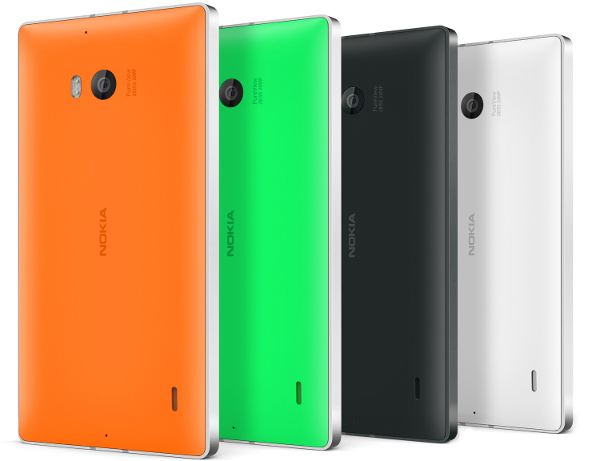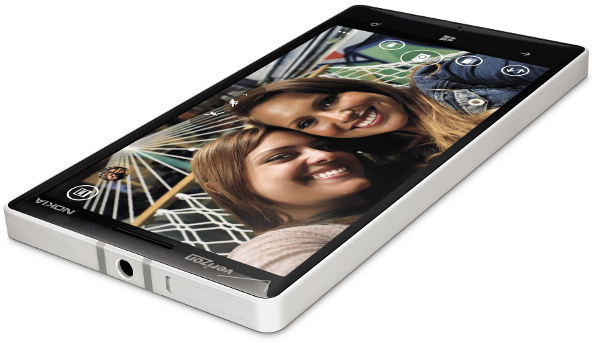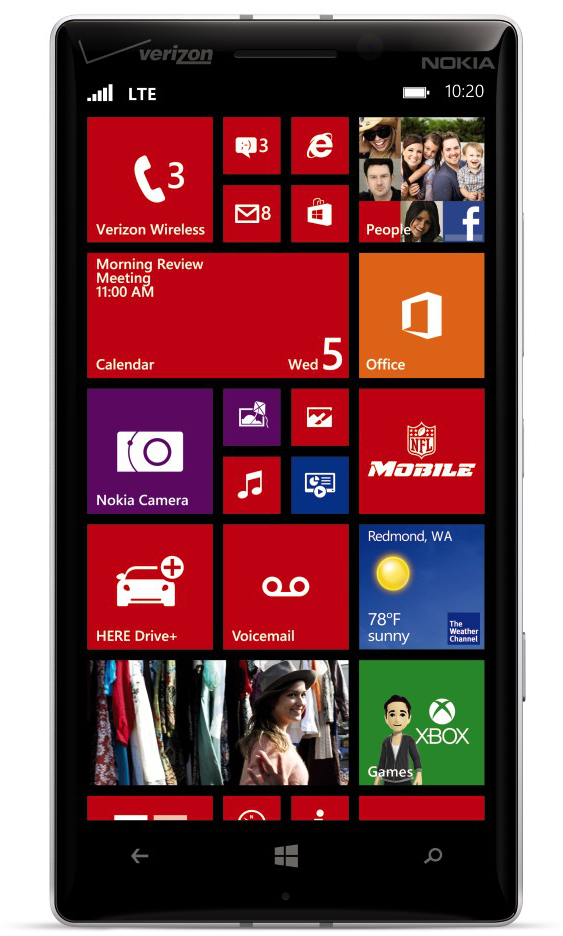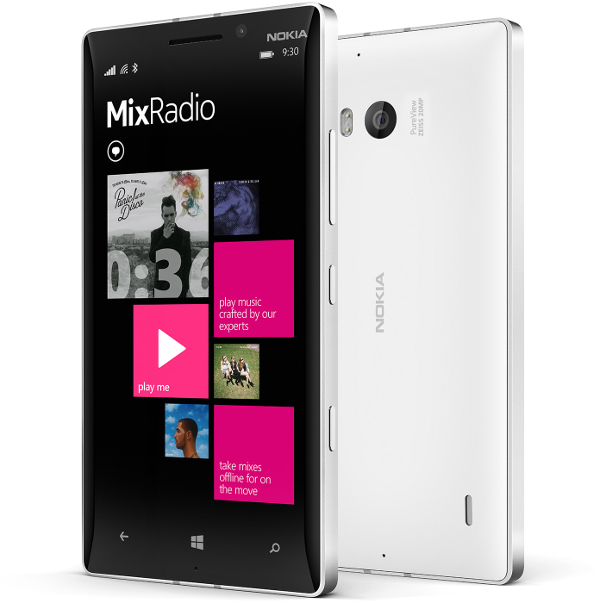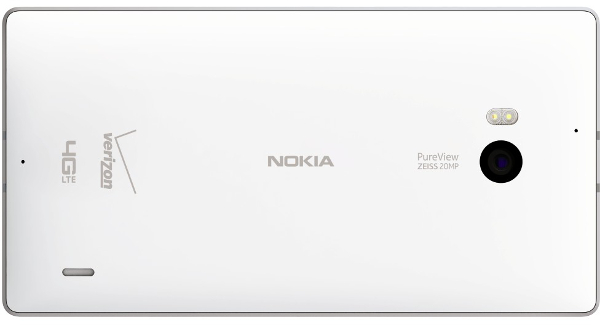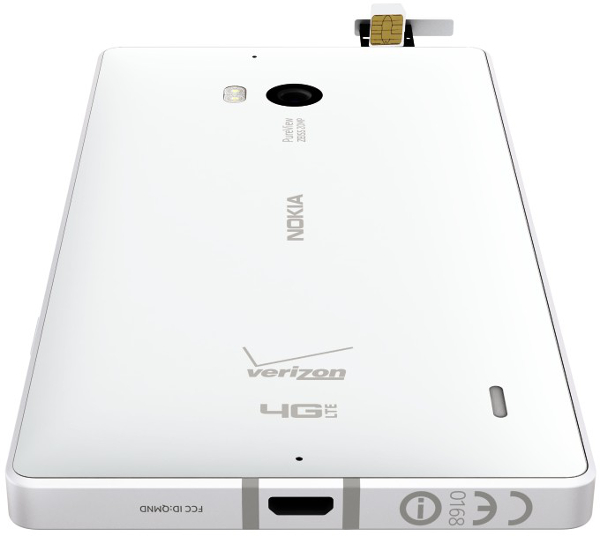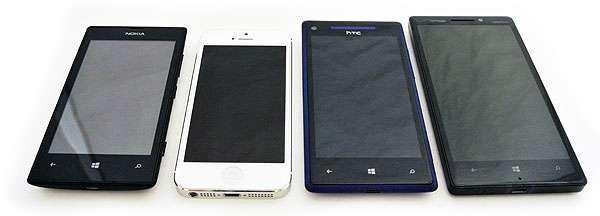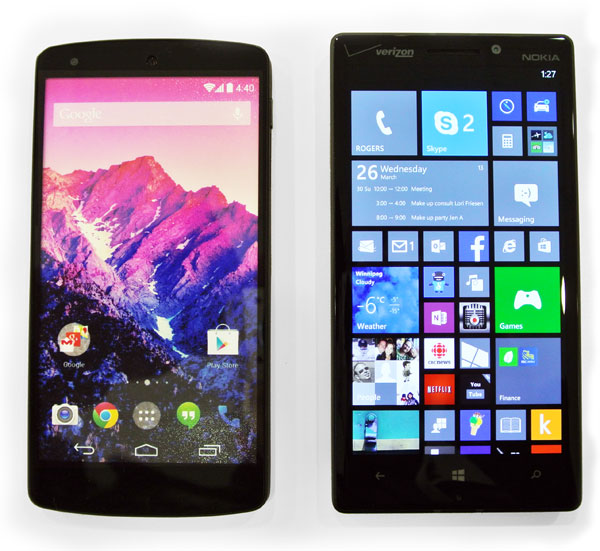Nokia Lumia Icon & Lumia 930 Review: Windows Phone, Premium
We took Nokia's Lumia Icon for a month-long test to really experience life with the company's flagship Windows Phone 8-based platform. Some of the benchmark results from this Snapdragon 800-powered powerhouse may surprise you.
Design, Look, And Feel
The Lumia Icon isn't a flashy or colorful device. Unlike other Nokia models, there are no bright colors available. You choose between black and white. It's a businesslike, sharp, and understated phone. A cut, beveled edge surrounding the case is more reminiscent of an iPhone than it is the rest of the Lumia line. It's fine-looking. But Icon owners who want to express their personal style a bit more will want a case with pizazz.
The Lumia 930 features an identical platform, but is available in two additional colors: green and orange.
Up top, you can barely make out the nano-SIM tray next to the more prominent 3.5 mm headphone jack. The tray is atypical in that it requires no pin to remove; you simply pull it open with a fingernail.
The front face of the phone hosts a speaker/mic, with a 2 MP camera just to the right. There are three illuminated Windows Phone buttons right below the 5" screen, and another forward-facing microphone. "Another one," you ask? That's right. The Icon has four: two unidirectional mics up front and two multi-directional in the back.
You won't find anything interesting on the left side of the phone; instead, all of the buttons are on the right side. From the top, there's the volume rocker, a power button, and a camera button that protrudes a little more than the others. All three activate crisply. My only complaint is they're too easy to press accidentally. The power button is particularly susceptible to this, since it's right where your fingers rest while holding the phone.
Those pinholes in the back are the multi-directional mics. They're purportedly able to track a sound source as it moves during video capture, which is something you'll see us test. The 20 MP camera is in the top-center of the device (or the right in the photo above), with a dual-LED flash next to it. The speaker is on the bottom-right, with the phone standing up vertically.
The only connector on the bottom of the phone is a micro-USB charging/data port.
Get Tom's Hardware's best news and in-depth reviews, straight to your inbox.
Compared to the Lumia 1020, Nokia's Icon/930 is the exact same width, slightly longer, a hair thinner, and a bit heavier. I certainly understand why this is the case, given the Icon's larger 5" screen. But make no mistake, Nokia's latest is neither small nor light. The increased size is forgivable considering the larger display, and it's only about two millimeters larger than the Nexus 5 in each direction.
At 166 grams, though, it is noticeably heavier than Google's 130-gram phone. On the other hand, it's also quite a bit lighter than the brick-like Lumia 920, a 185-gram beast that represented the ultimate manifestation of Windows Phone 8 when it launched.
The Lumia Icon rides a fine line between size, heft, and usability. I purchased a Lumia 920, but quickly exchanged it for an HTC 8x because the Nokia was just too cumbersome to haul around. And I'm definitely not prepared to put up with a phablet, either. But I can tolerate the Icon in my pocket all day. Its beautiful 5" screen makes that decision all the more easy to rationalize.
Nokia's Lumia Icon/930 feels sturdy in-hand, and there's no doubt as to its high-quality materials. I only wish it was easier to hold on to. You might not suspect it, but this fairly large smartphone slips through my fingers if I'm not careful. That's reason enough to enclose the Lumia in a case, which won't do the device any favors in the bulkiness department.
Current page: Design, Look, And Feel
Prev Page Windows Phone Gets A New Flagship Next Page Windows Phone 8 And Nokia Software TourDon Woligroski was a former senior hardware editor for Tom's Hardware. He has covered a wide range of PC hardware topics, including CPUs, GPUs, system building, and emerging technologies.
-
Amdlova only problem on this phone is (verizon)... if you wanna spend 150us and a 1000 years contract. =) is right that numbers on benchies ? direct 3d working?Reply -
silverblue Sorry for the possible double post, but this comments section is bugged to hell, so...Reply
I'm surprised by the bloat. My 1020 (with Windows Phone 8.1) has 32GB, of which 29 is available, after O2's (slight) footprint. -
vaughn2k I have a Lumia 925. I will wait for the Windows Phone 8.1 update, that it seems promising... So the question if I will switch from IOS/Android to WP, then I guess I did, the 925 seems also a great phone, and the 'Store' has already a quite considerable amount of programs (or Apps)....Reply -
aldaia Wait, a "flagship Windows phone" powered by Qualcomm Snapdragon 800. Intel push into the smartphone market is certainly doomed.Reply -
tomfreak We just need Lumia 1020 sucessor = Lumia 1030 with snapdragon 800 to handle the 40MP picture. A 40MP Lumia 1030 with snapdragon 800 CPU + 2GB RAM + 32GB storage + SD card expansion + a 3000mah battery will be the killer phone that no one is able beat it. Photography takes a lot of battery drain, since thats how Lumia 1020 good at, I just hope Nokia/Microsoft put a much bigger battery inside for successor.Reply -
megamanxtreme All is well, I still got my Lumia 1520, and it still reigns the king. 920/930 with bigger screen, for the win.Reply -
Aoyagi Yeah, nice toys. About what the reviewer wanted, by the looks of it. But using these things as tools rather than toys for consuming media and maybe reading mail? No way.Reply
(I had been using Lumia 920 before I returned to 808 PureView. I still have it for testing purposes)
13186987 said:I'm surprised by the bloat. My 1020 (with Windows Phone 8.1) has 32GB, of which 29 is available, after O2's (slight) footprint.
Most of that is the OS itself. -
satish12321 Dude, how could you forget LIVE TILES. This single handedly put Lumia ahead of its competitors. Especially the new updates that will make it more informative.Reply
Android and iOs are like a graveyard of dead icons. If they font adapt, their fingerprint sensor, eye recognition and waterproofing wont be able to protect it. -
Au_equus Don, the specs listed in the table (first page) do not match the description given in the article.Reply -
jasonelmore why the hell does Verizon think they must put their logo on the phone? my god i would never buy a phone that had carrier branding on the front or back of the phone. Plus Verizon's logo is FuglyReply
